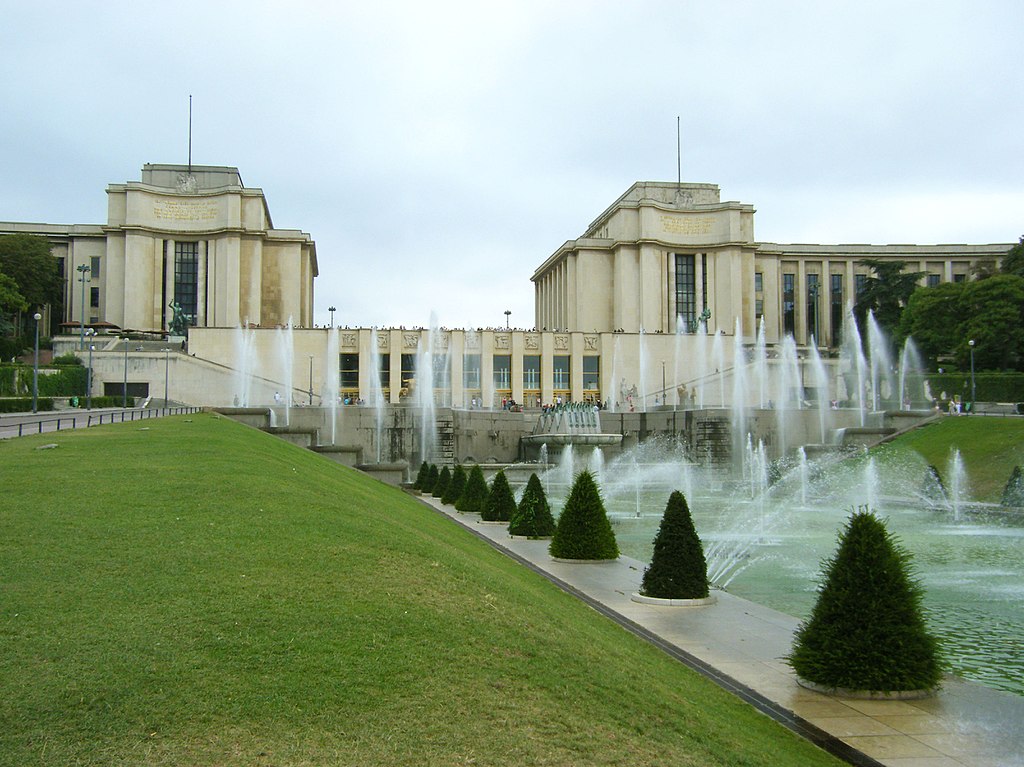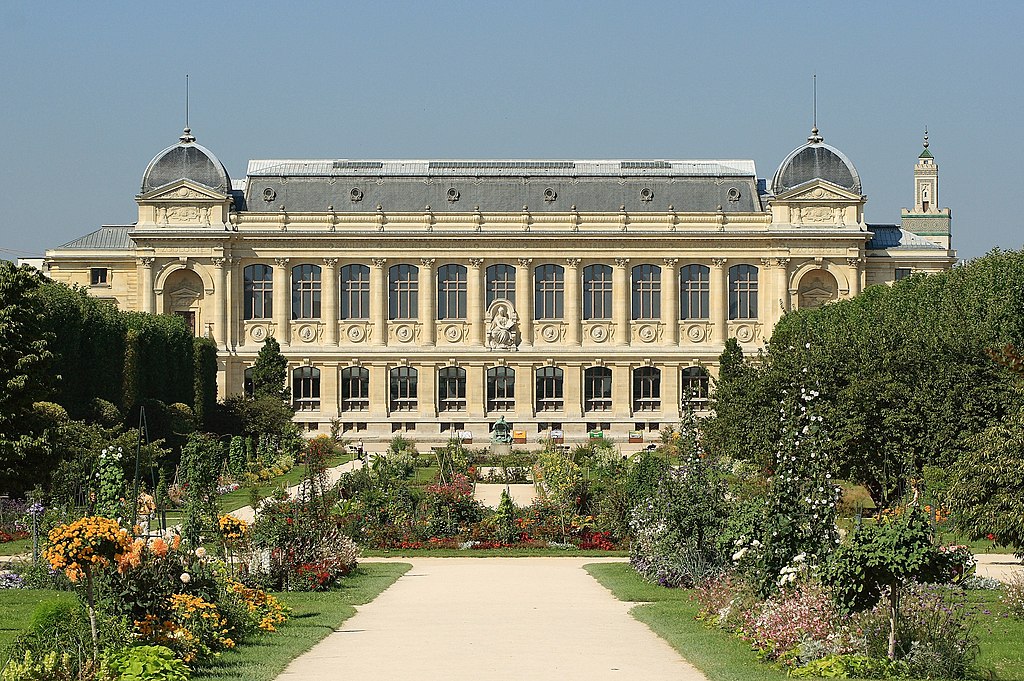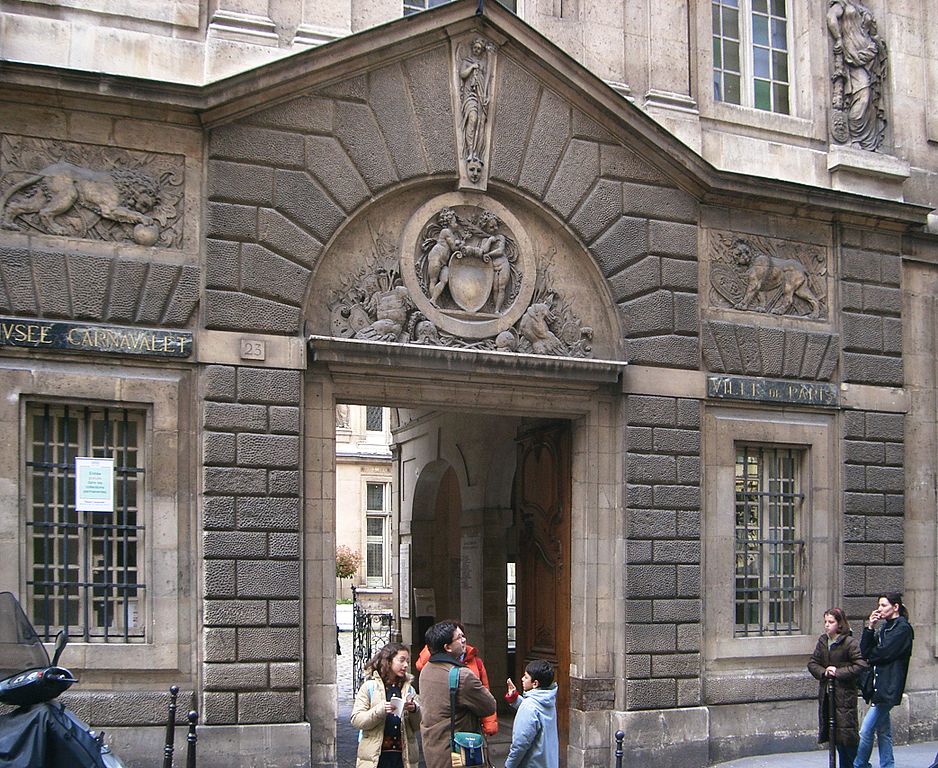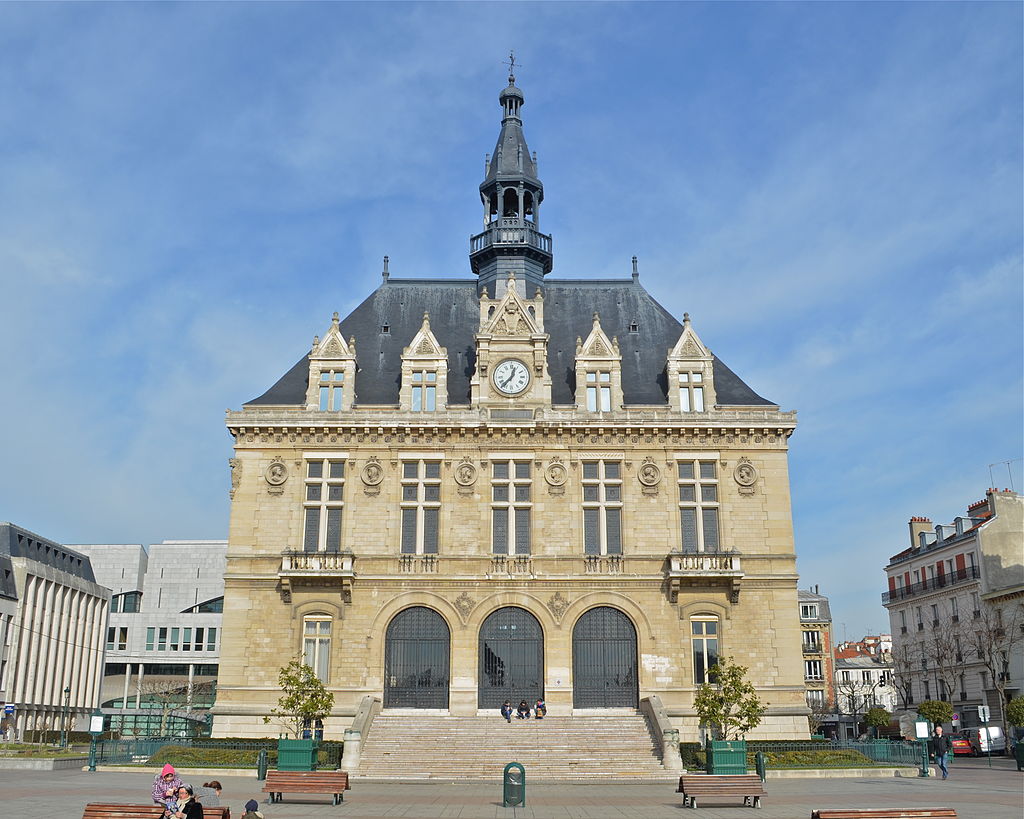-
Palais de Chaillot at the Trocadero
Along with the gardens of the Trocadero, the Champs-Elysees and the Eiffel Tower, the Palais de Chaillot constitutes a fine example of the architecture at the beginning of the 20th century. It was built for the Exhibition held in Paris in 1937. Its architects were Boileau, Azema and Carlu, who planned the present building on the site of another previous structure, the Trocadero. Of the latter, built by Napoleon for his son, the King of Rome, only the plans by Percier and Fontaine remain. Palais de Chaillot consists of two enormous pavilions which stretch out in two wings, united by a central terrace with statues of gilt bronze. From here…
-
Jardin des Plantes
The Jardin des Plantes – Paris, France The Jardin des Plantes or Botanical Gardens, dates back to 1626, when Herouard and Guy de la Brosse, the doctors of Louis XIII, established the Royal Garden of Medicinal Herbs, opened to the public in 1650. Its collections of plants were enriched by Louis XIV’s first doctor, Fagon, by the botanist Tournefort, by the three Jussieu brothers, who travelled the world in search of new plants, and above all by the great naturalist Buffon; the latter made the greatest contribution to the gardens, enlarging them as far as the Seine and building the galleries, the maze and the amphitheatre. At the time of…
-
Champs elysees
Champs elysees was originally a vast swampy area; after its reclamation, Le Notre in 1667 designed the wide avenue which was first called the Grand-Cours (its present name dates from 1709): it extends from the Tuileries to Place de I’Etoile, now called Place de Gaulle. At the beginning of the avenue are the celebrated Horses of Marly, by Guillaume Coustou. From here to the Rond-Point of the Champs-Elysees, the avenue is flanked by a vast park. As we walk along it, on the right is the Theatre des Ambassadeurs-Espace Pierre Cardin, on the left the Ledoyen restaurant from the time of Louis XVI. In Place Clemenceau is the bronze statue…
-
Carnavalet Museum Paris
Entrance to the museum is on the right of the courtyard. On the first floor are collections of furniture, works of art and paintings which illustrate the Paris of Louis XIV, Louis XV and Louis XVI. On the ground floor, on the other hand, most of the rooms are dedicated to the Revolution and the First Empire. Among the museum’s most interesting relics are the bill of indictment of Louis XVI and the key of the Temple in which the royal family was imprisoned, the dressing table and chair used by Marie-Antoinette in the Tower of the Temple (on the table are perfume bottles and a miniature of the Dauphin which the queen…
-
Cardi B Rocks Golden Nipple Outfit At Paris Fashion Week With Of
Cardi B made her first public appearance since giving birth, earlier this month, during Paris Fashion Week. Cardi B stepped out in a tweed jacket with two golden nipple patches and a gold headpiece for Paris Fashion Week, Wednesday, with her husband, Offset. Cardi made her first public appearance si...
-
Vincennes Paris
Castle This was called the “Versailles of the middle ages” and its history is closely linked to the history of france. The forest of vincennes was acquired by the crown in the 11th century and philippe auguste had a manorhouse built there, to which louis ix added the chapel. The castle, built by the valois, was begun by philippe vi in 1334 and completed by charles v in 1370: in this period the keep, part of the chapel and the surrounding walls were constructed. In 1654 mazarin (who had become governor of vincennes two years before) commissioned le vau to erect two symmetrical pavilions for the king and queen. From…
-
Paris France Hotel Carnavalet
Entrance to Paris – Hotel Carnavalet, one of the finest in the city and containing one of its most interesting museums, is at no. 23 Rue de Sevigne. Constructed in 1544, it was rebuilt in Renaissance forms in 1655 by Francois Mansart, who added a floor and gave it its present appearance; it also contains some fine statues by Jean Goujon. In 1677, the building was rented by the writer Marie de Rabutin, better known as the/ Marquise de Sevigne, and in the 19th century the Museum was opened, containing historical documents of great importance and rarity related to the history of Paris, seen through its historical figures, monuments and costumes, from…





